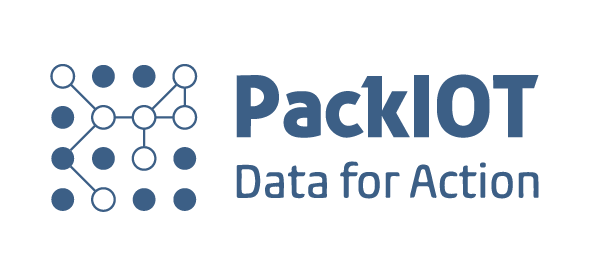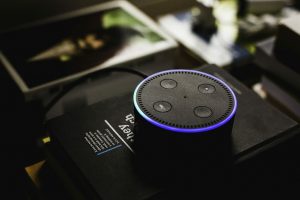QWERTY Stuck In Time. Gesture, Voice And Brain: The Future Of Controls.
By Eduardo Binotto, Software Engineer/IoT Developer at PackIOT Much is discussed about artificial intelligence, different ways of communication, languages, and manners to provide interaction between machines and human beings. But if we think about it, there is one area that has not progressed that far: the way we type. Patented in 1878, the QWERTY keyboard has been the main input device for computers since the birth of computing, having even been digitized into modern devices like our mobile phones. So, chances are that we will be typing, one way or another, for a long time to come. But, as technology evolves, new ways to interact with systems arise, and it’s important to stay up to date and see what the future may offer in terms of Human-Machine Interactions. Voice control One of them that has been gathering traction in recent years is the Voice Control. Many computing devices today are capable of understanding speech in a way that they can easily control things with just a simple voice command. Although the hype, a survey showed that 46% of the respondents said that they have never used voice assistants, and another 19% rarely use, revealing that there is…










